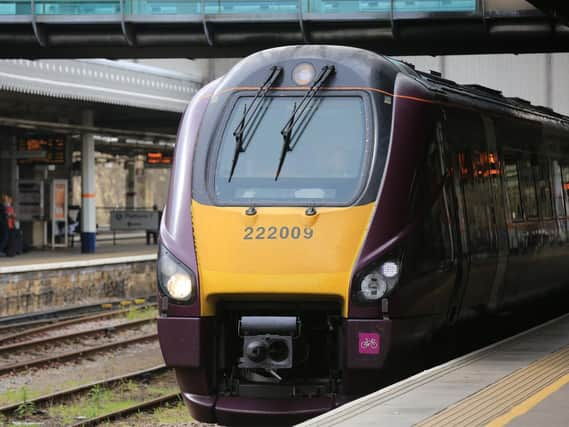Sheffield left behind Leeds and York on rail electrification - Yorkshire Post Letters


It is said that a picture can say more than a thousand words and so it was on Armistice Day 2020 with the freight train derailment at Sheffield station, an incident that “cemented” the city’s status as a big city rail pauper. Here was a grim view of a large city lacking what should be a standard facility, electrification.
Sheffield said farewell to electrification, the future, on July 19, 1981, with the loss of the ten freight only Woodhead Line, 11 years after the axing of its electrified passenger service and closure of Sheffield Victoria. How has the city fare since then? Very badly. In this 40-year spell Leeds has gained electrification with London, which has transformed its economy. Leeds attracted many more passengers than Sheffield, 30 million plus compared to 10 million, pre Covid-19. Why? Investment. Who, if anybody, will drive a determined and sustained campaign to narrow the divide which is much greater than the 35 miles between them?
Advertisement
Hide AdAdvertisement
Hide AdSheffield joy abounded in March when the £137m Hope Valley Line package was finally confirmed, but this must be taken into context. Does it not seem a modest sum for a full route upgrade and is it not the case that Sheffield needs much more than one project to reverse decades of neglect? This total is dwarfed by the £317m allocated to the core York-Leeds-Manchester section of the Trans-Pennine electrification scheme. Here is a trio of electrified cities gaining more of what Sheffield lost and crucially requires.
Business and educational sectors, who will be the key to the fortunes of Sheffield, welcomed the Hope Valley news, but why do we hear so little from them on electrification? Education leaders voiced their concerns over the possible loss of direct Manchester Airport trains but why have they been silent on an electrified London link and South Yorkshire Combined Authority area electrification? Do the not consider that electrification defines the North South divide? How can the gap be cut without the wires reaching Sheffield? Forty years on from its demise Woodhead still remains the only hope for restored Sheffield-Manchester electrification, but who has the ambition, energy, fight and vision to secure such so that the city can enjoy parity with Manchester and Leeds?
Sheffield faces two levelling-up agendas, not only the historic North-South divide, but also the one in the North where poor East-West connectivity has been identified.